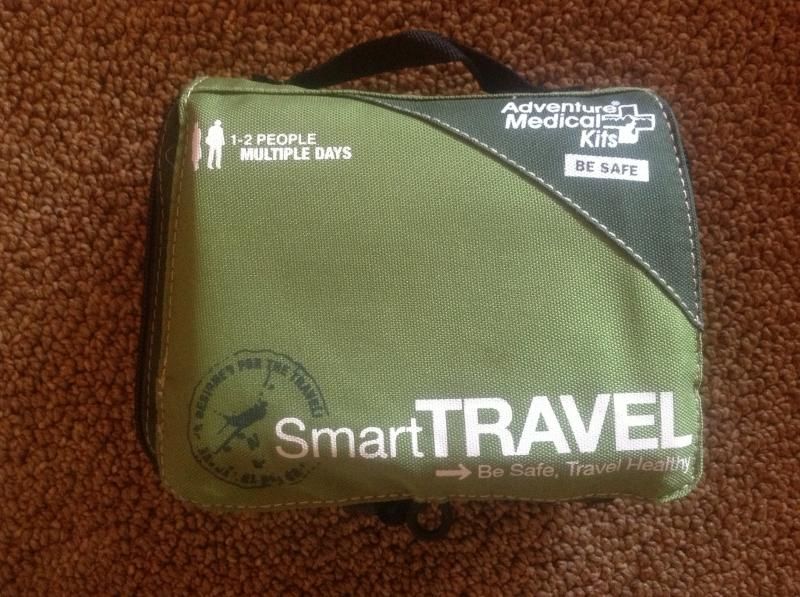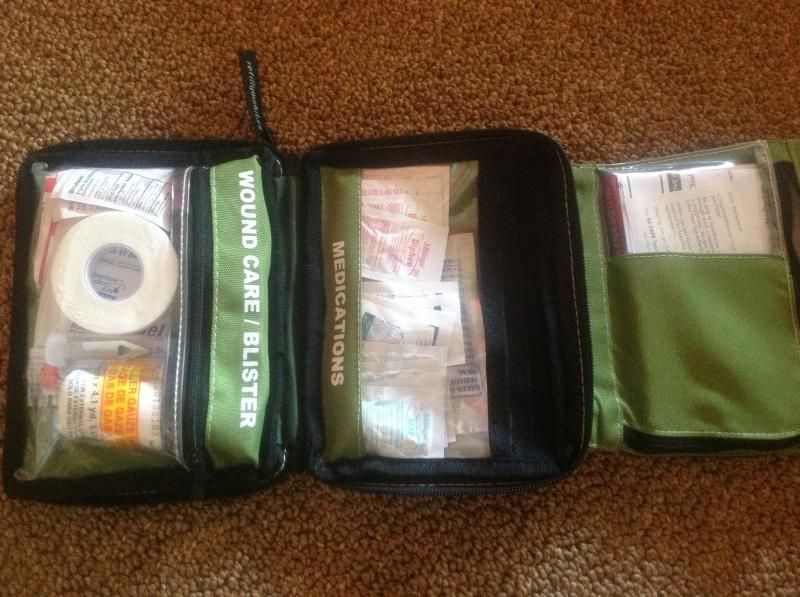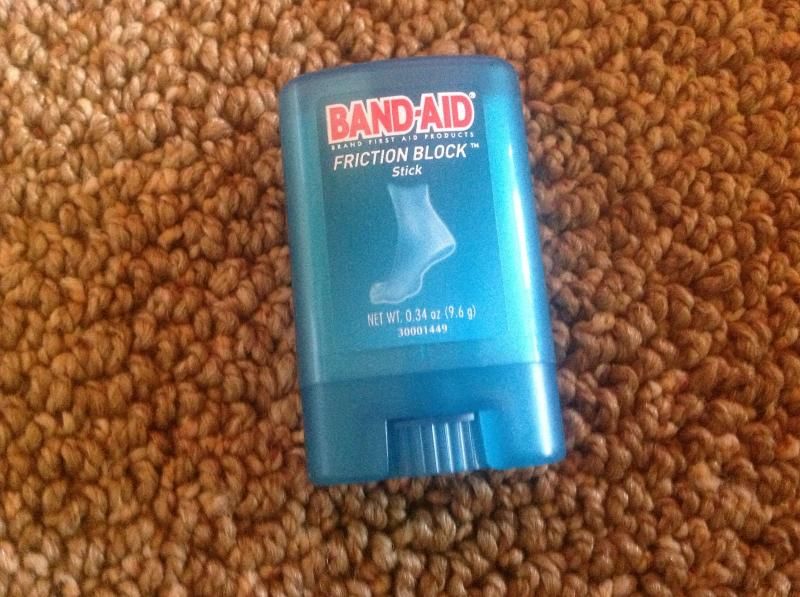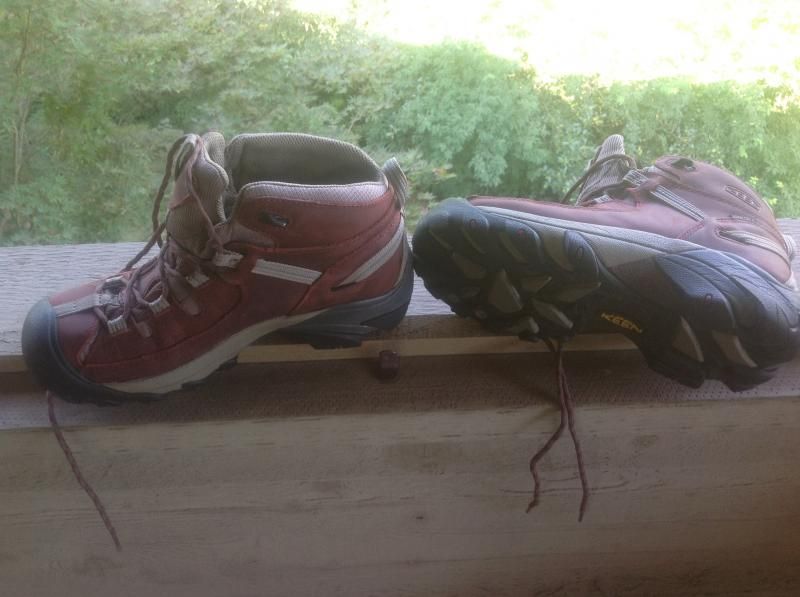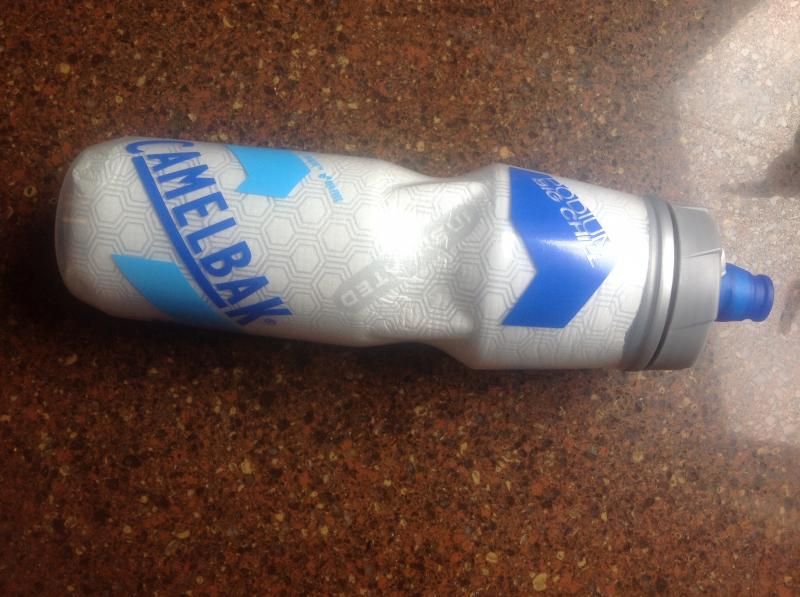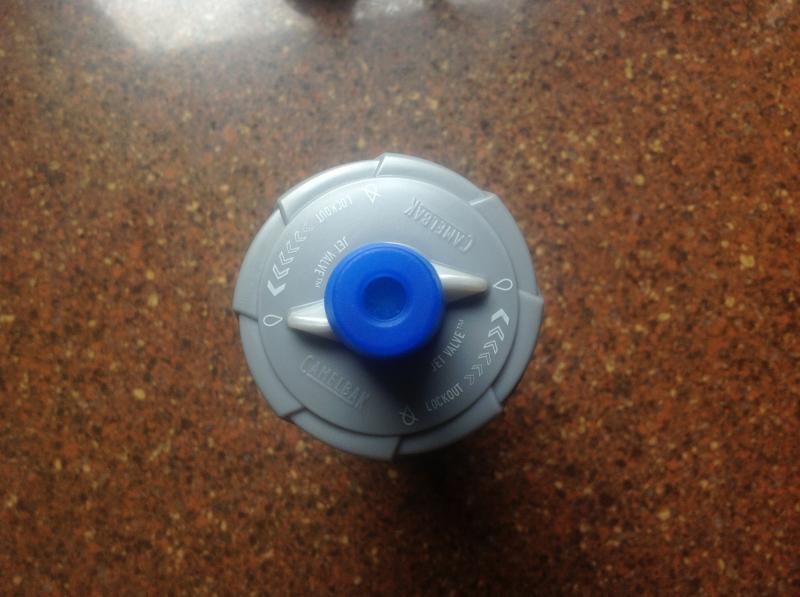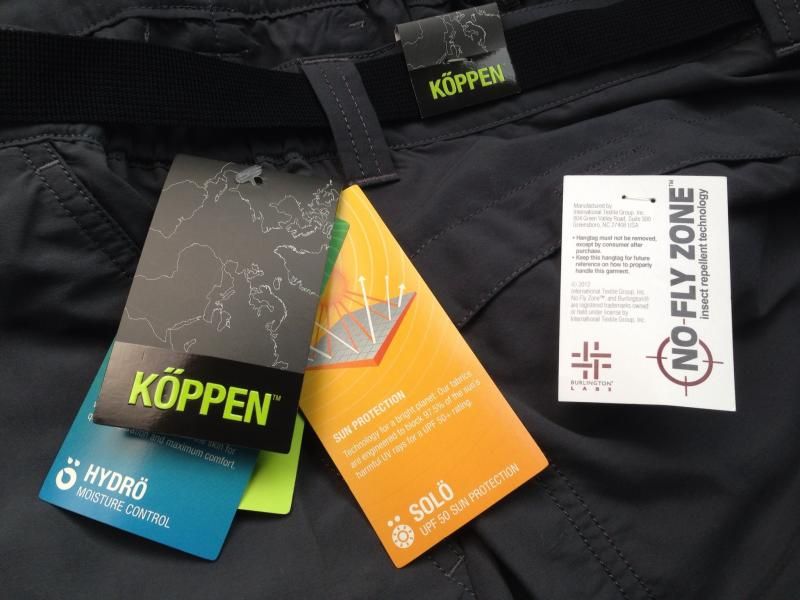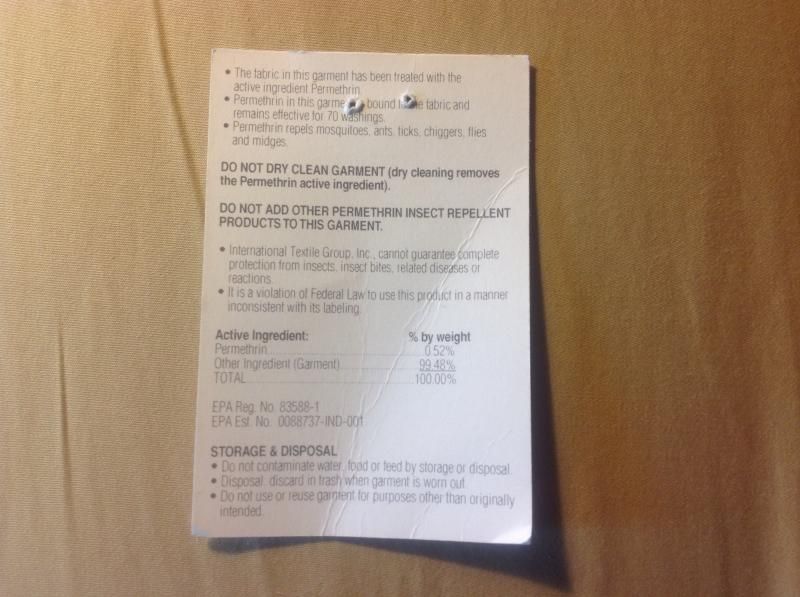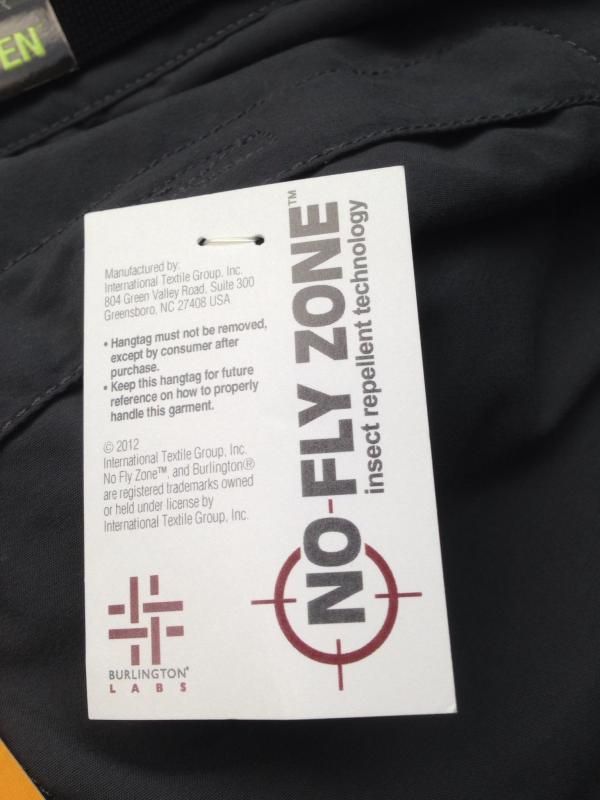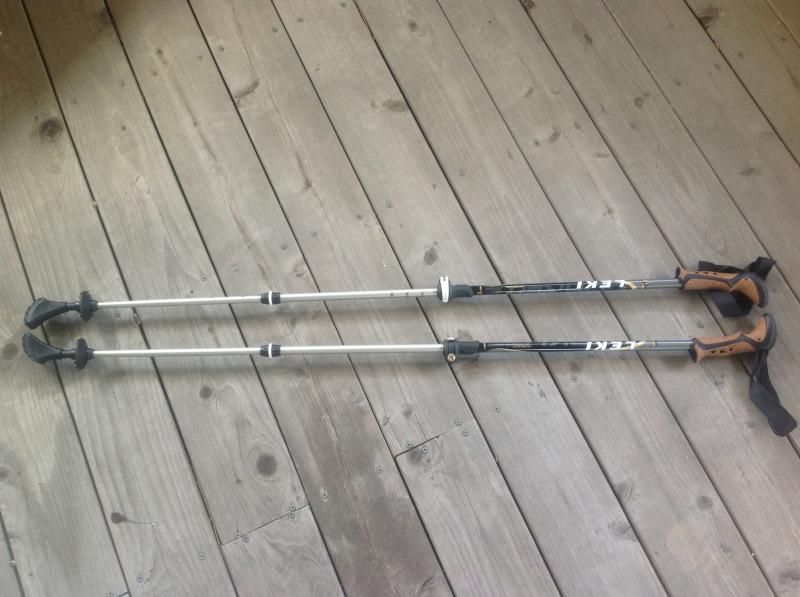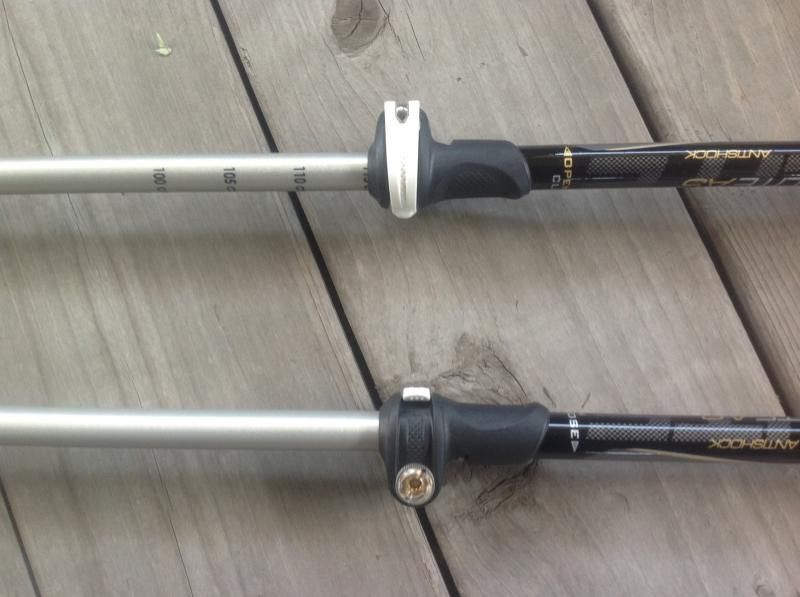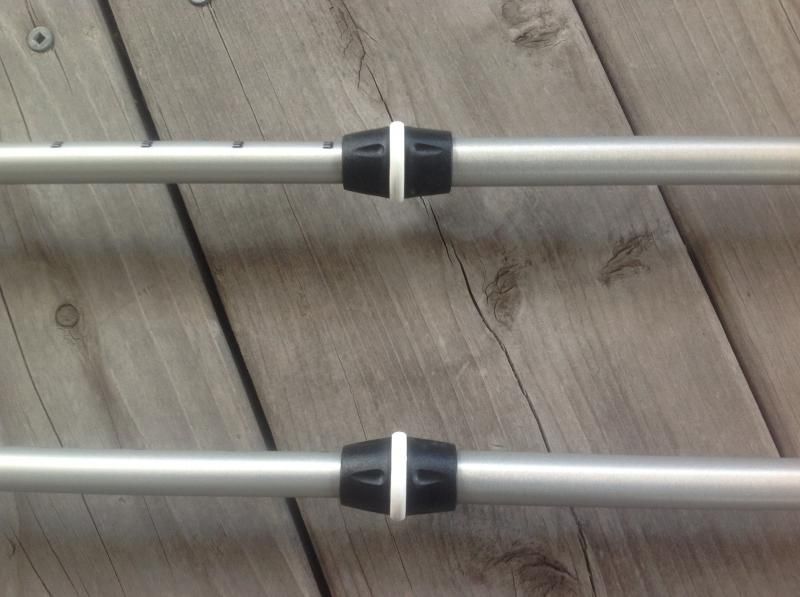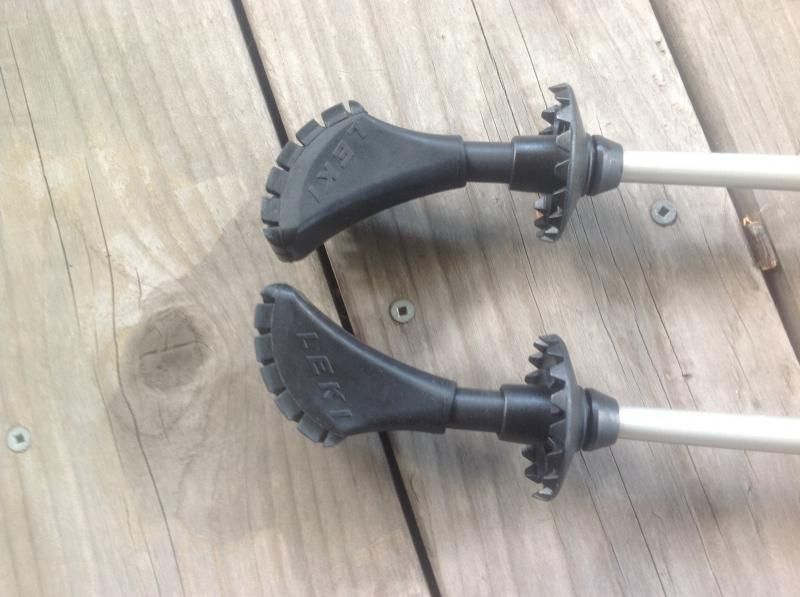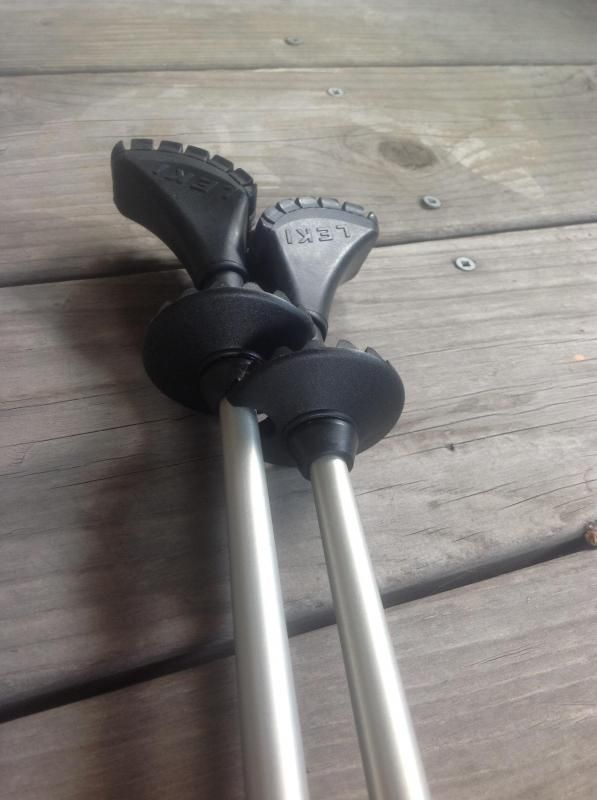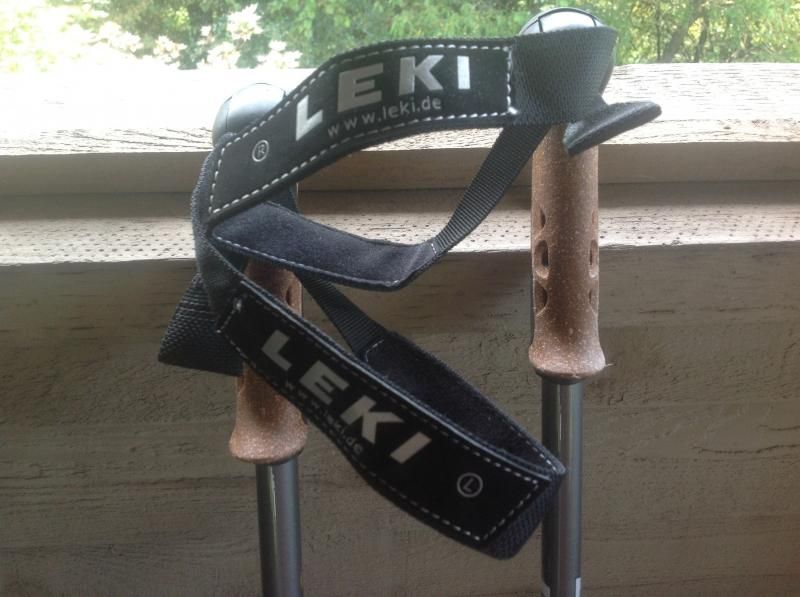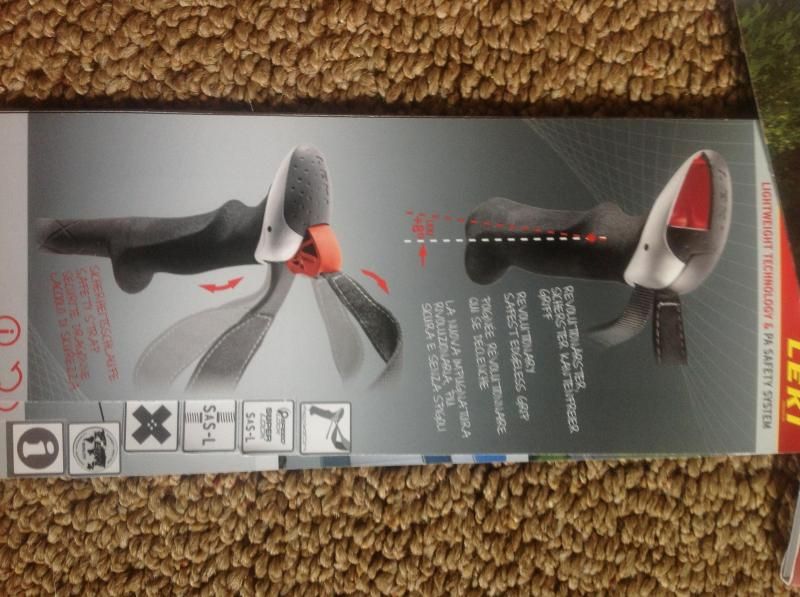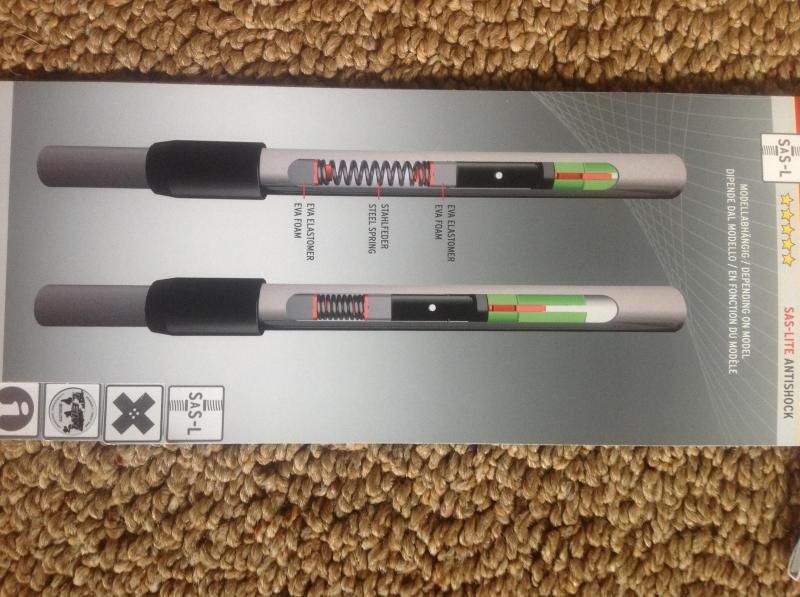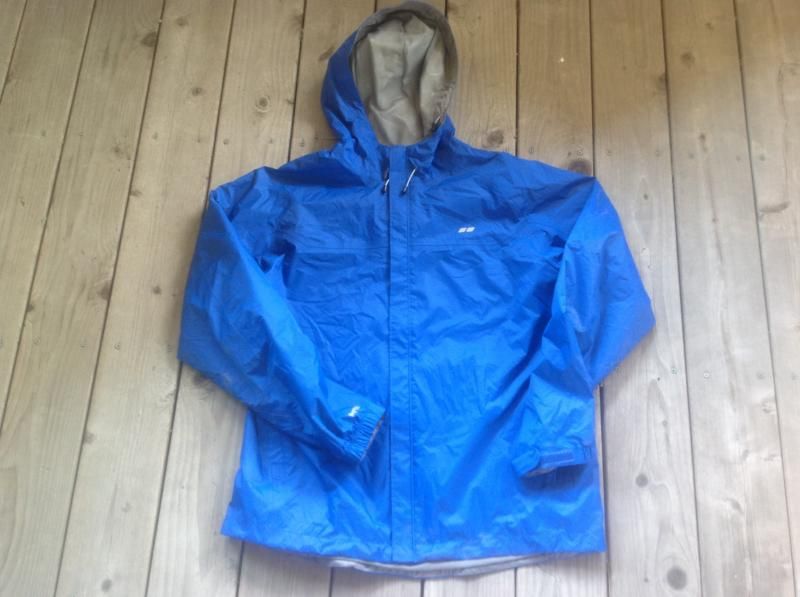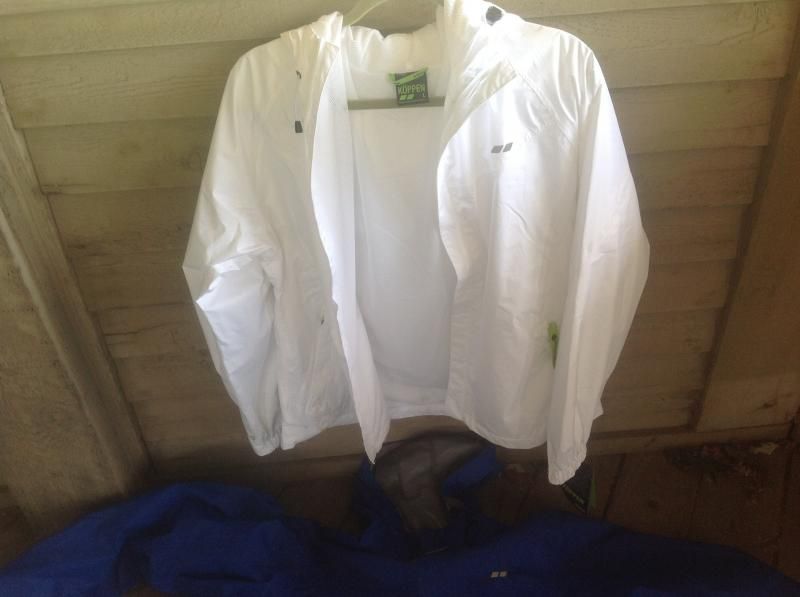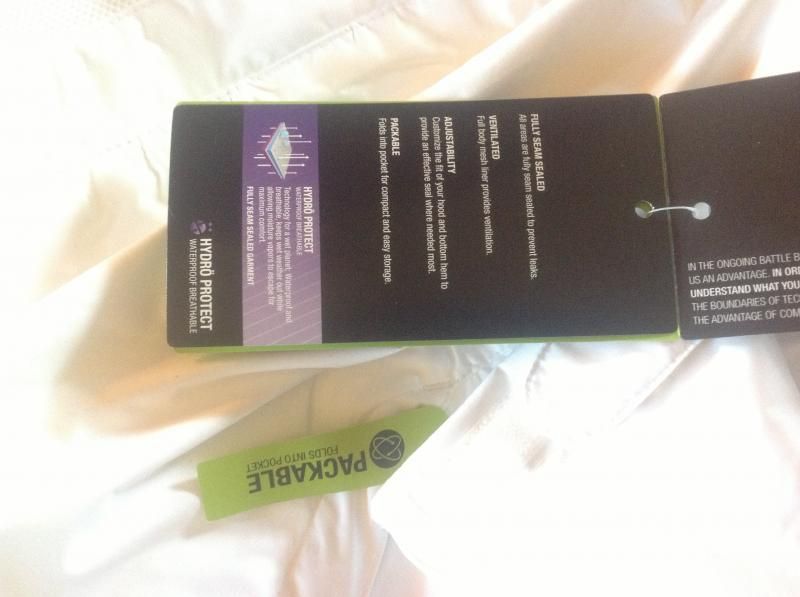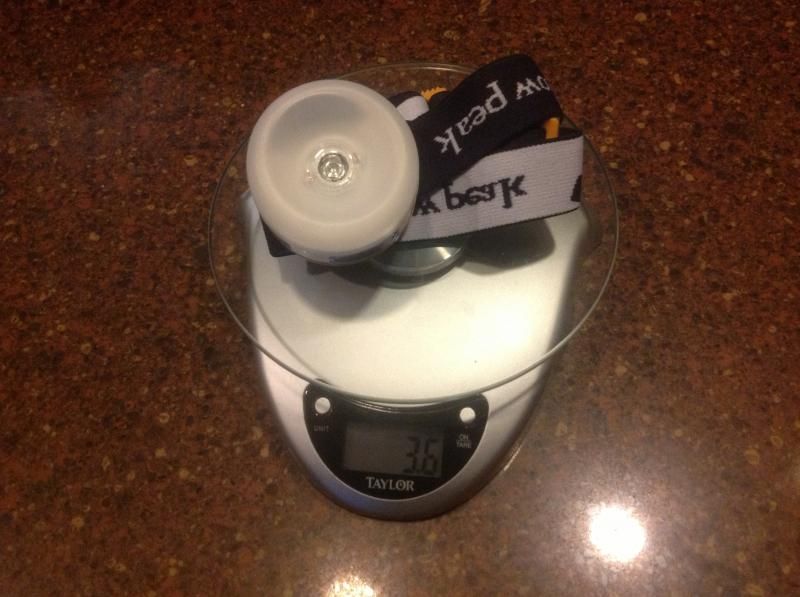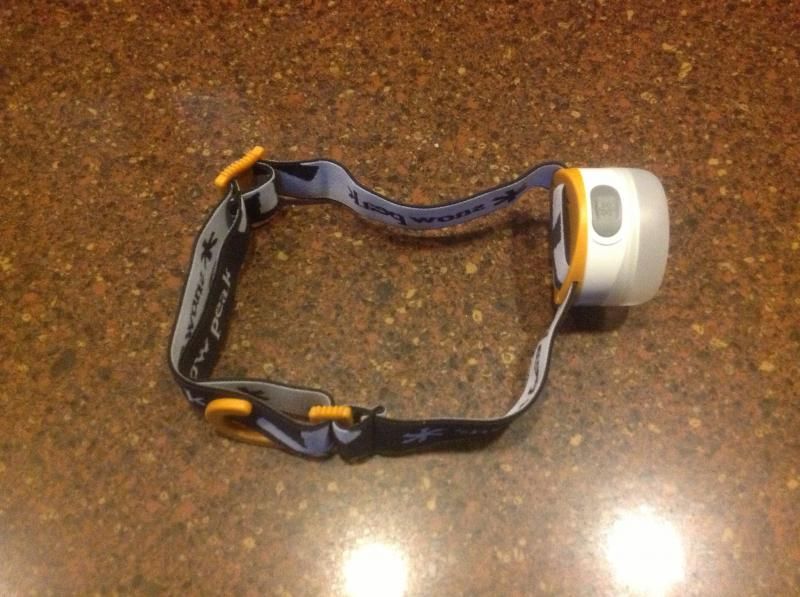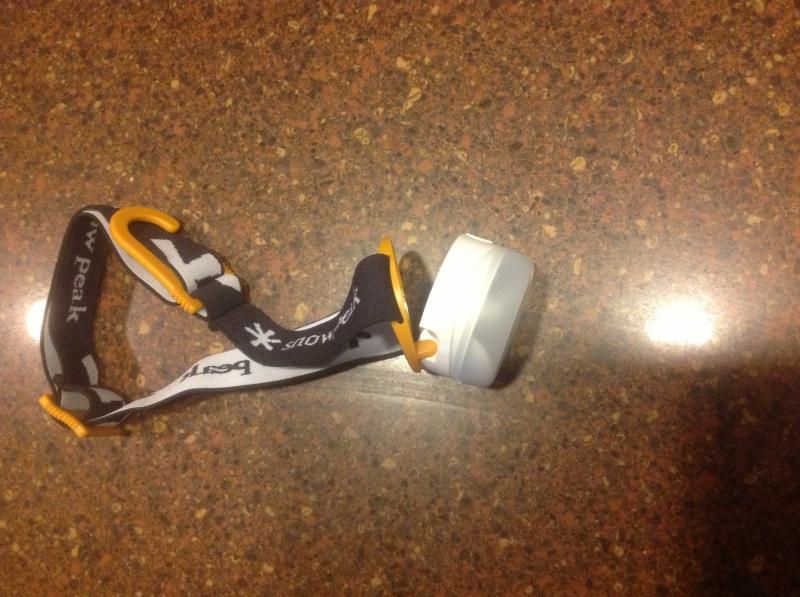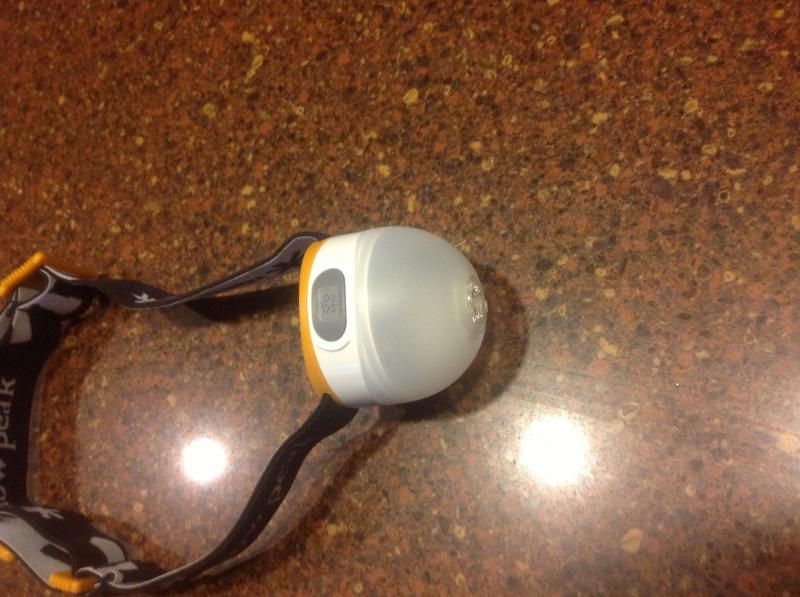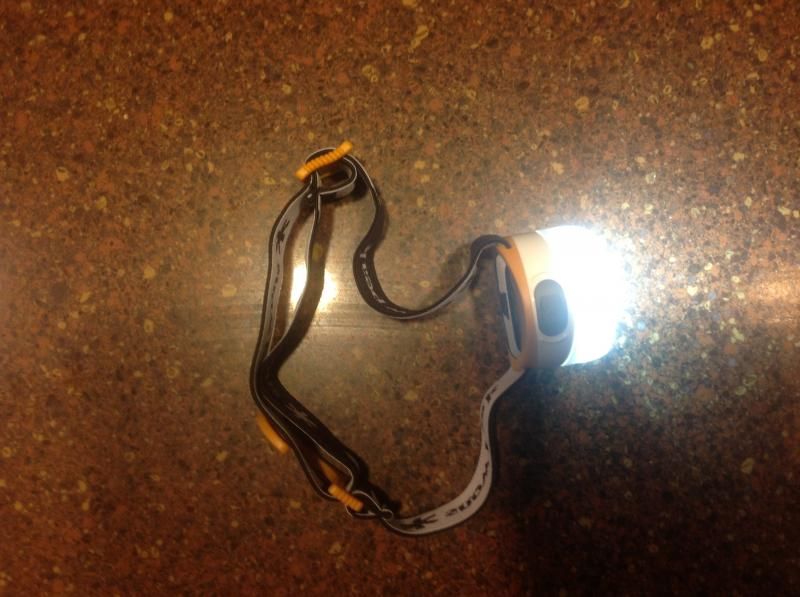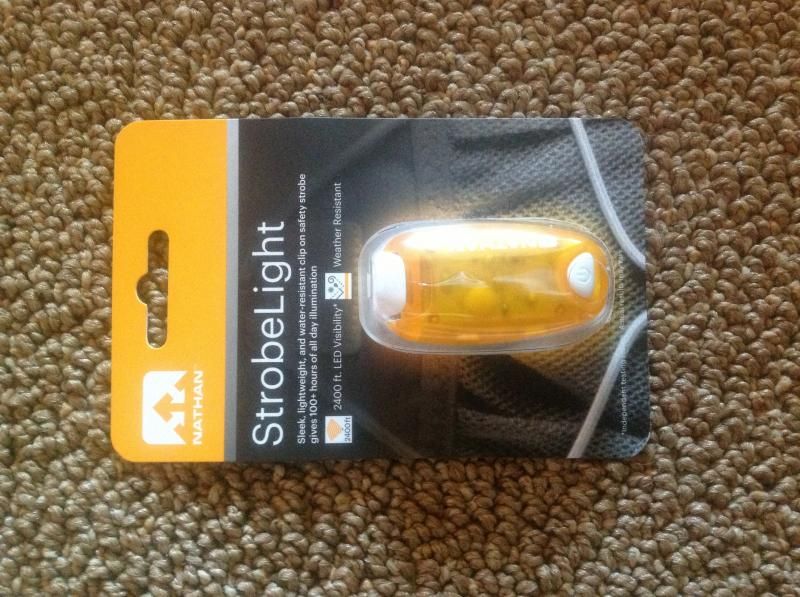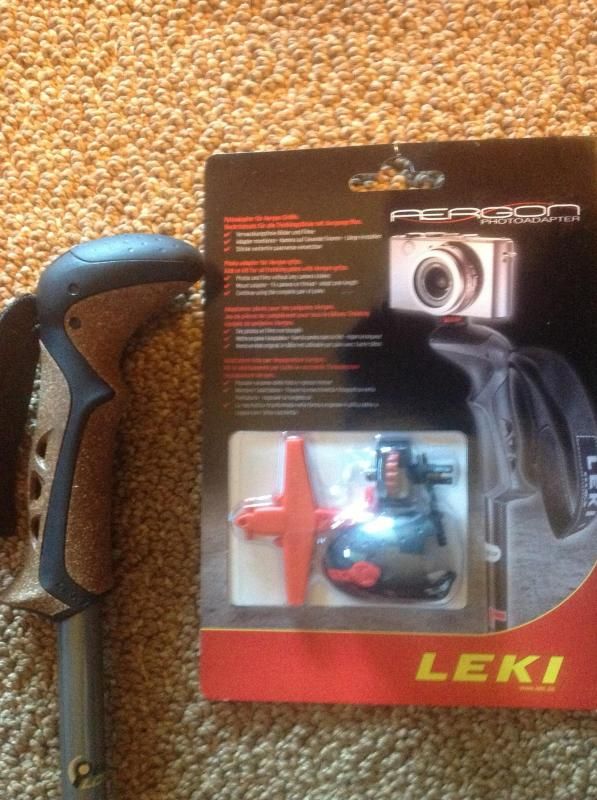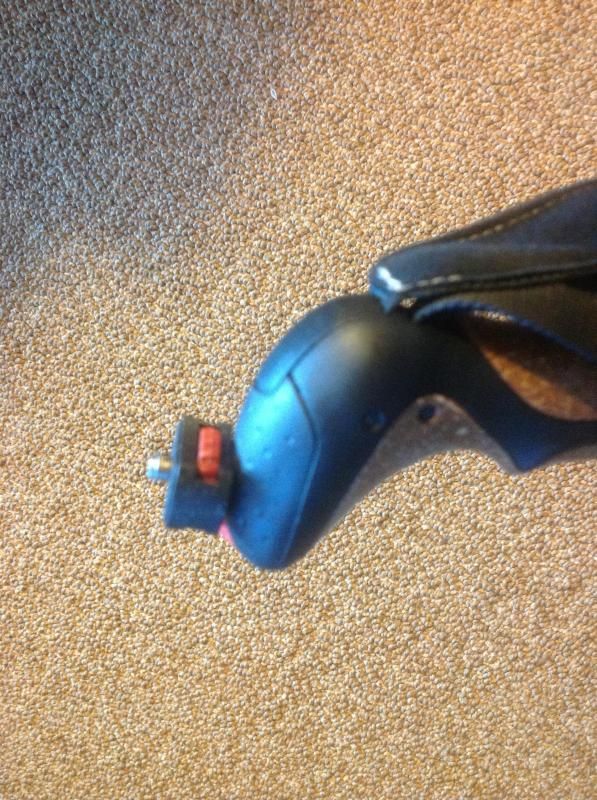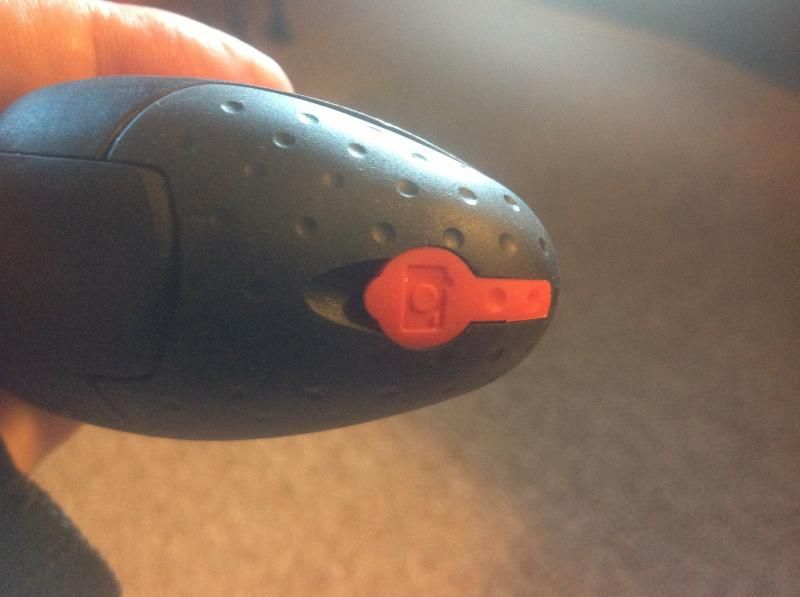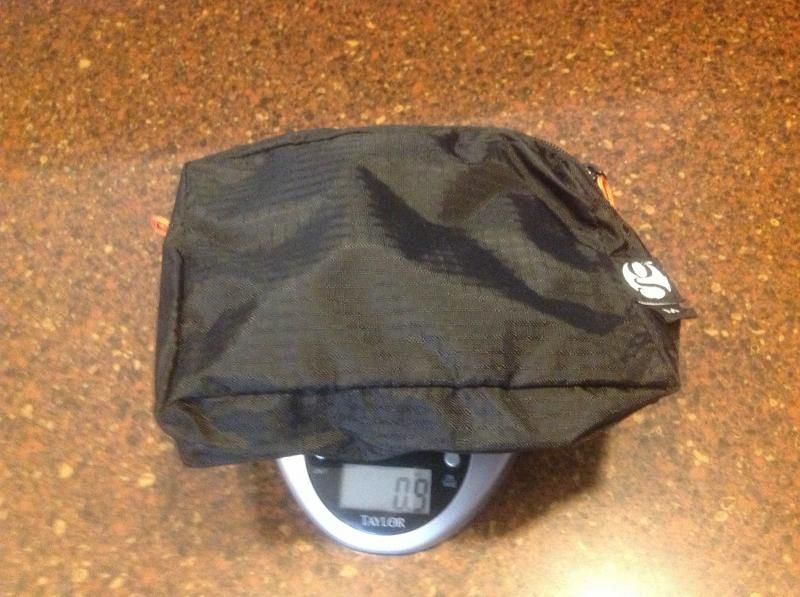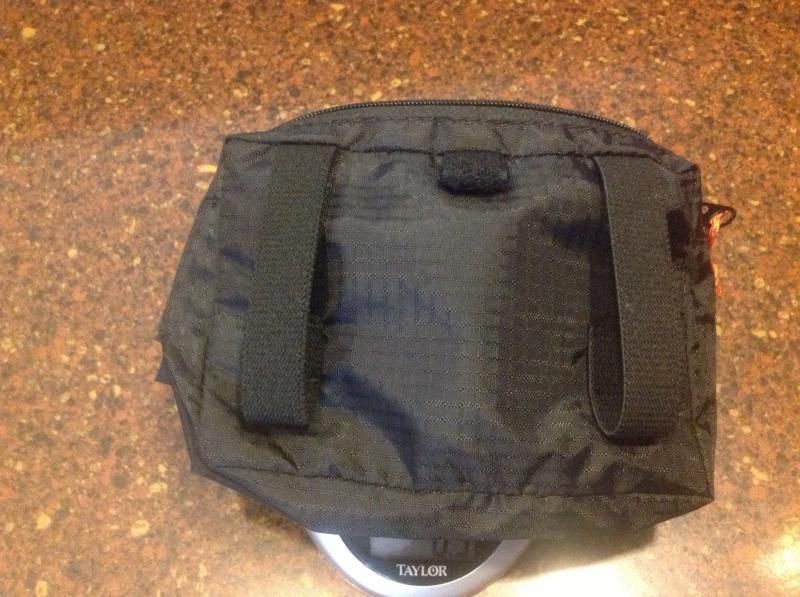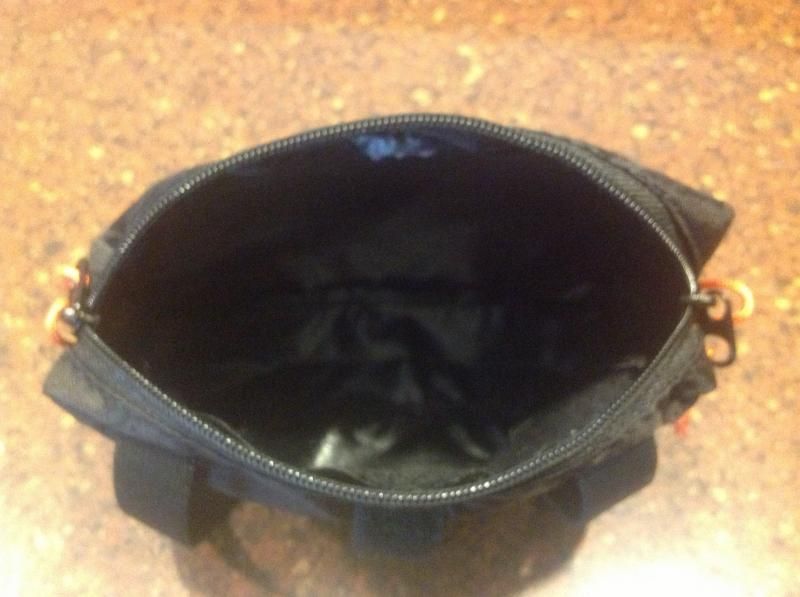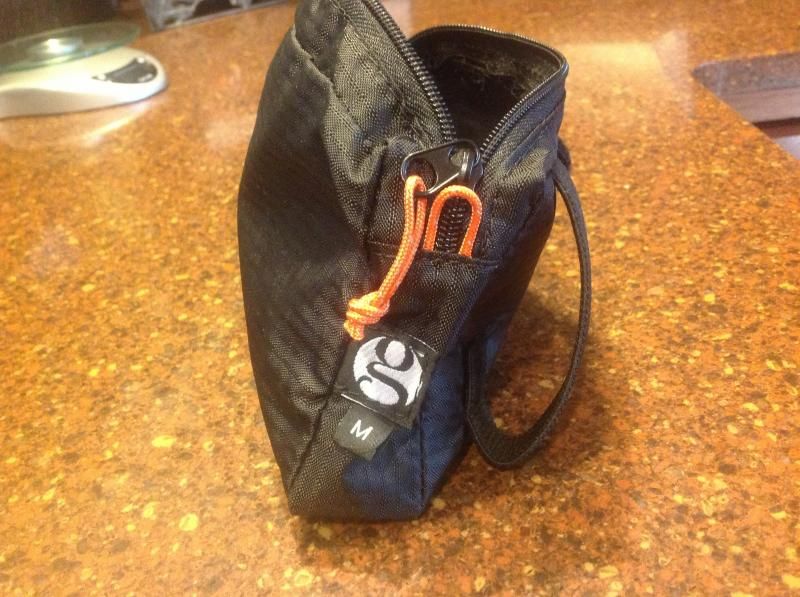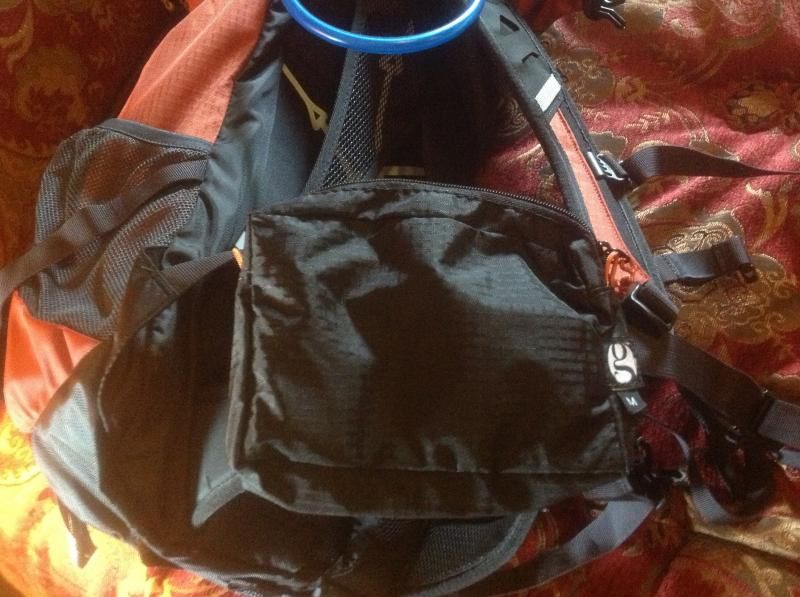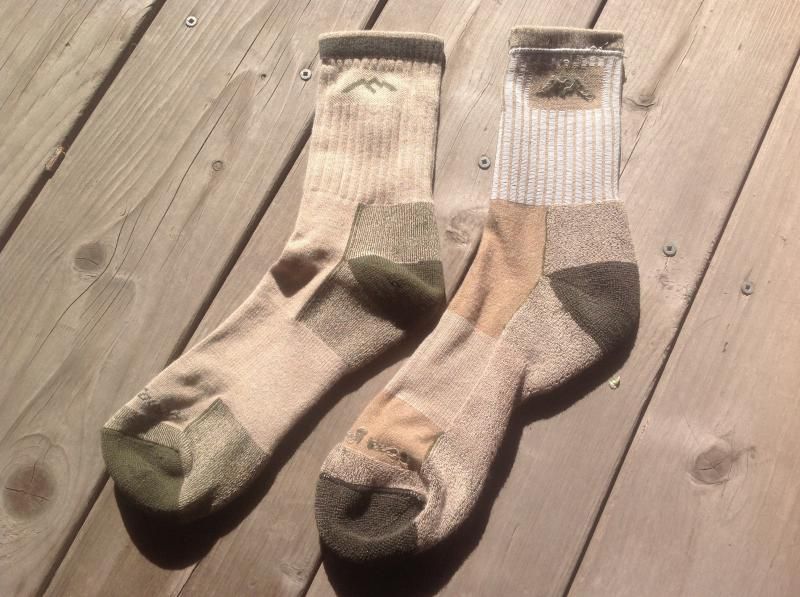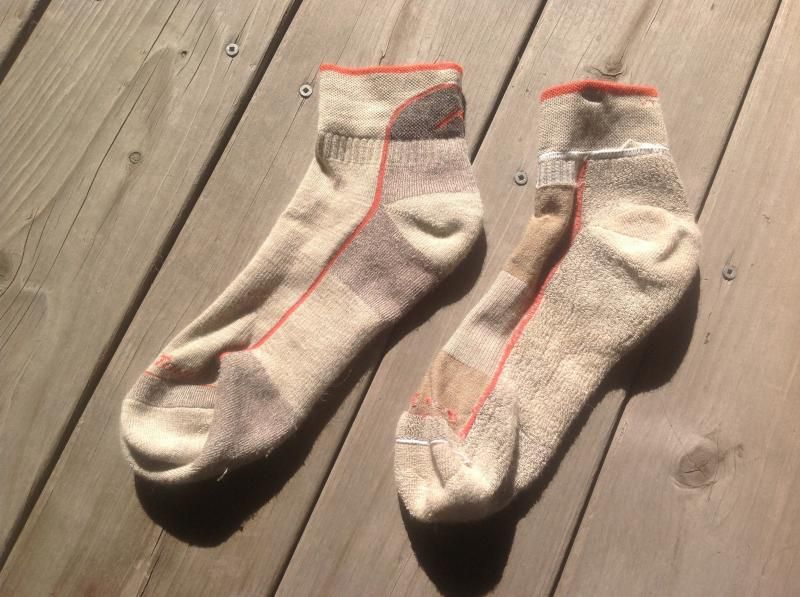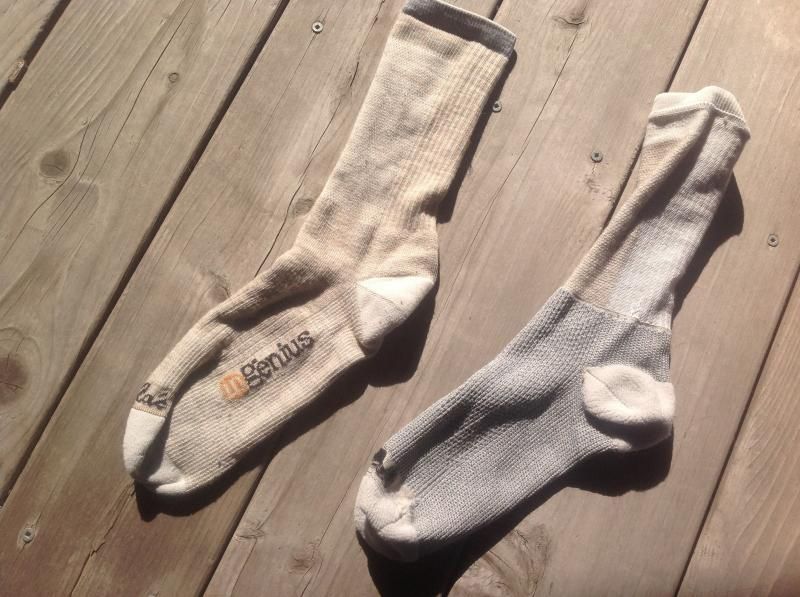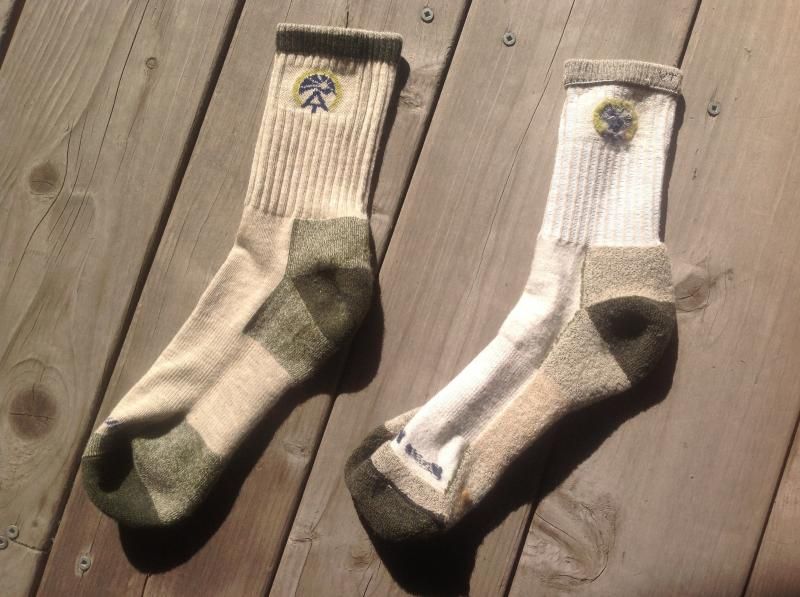BACKPACK Details: Lowe Alpine Centro 35
I've been using Lowe Alpine gear for years, its among the best of the best out there and, while generally pricy, it has proven its value by keeping me warm, being durable, shedding water, carrying gear, etc over many years.
After some soul searching and looking at alternatives, I've returned to Lowe Alpine for this trip as I needed a new, small pack that was full featured, yet very light and still was a "real" pack. Here is my new pack, it has features not found in unstructured packs to make it more comfortable to wear, more useable, and able to carry loads better too. This is a Lowe Alpine Centro 35. Its got just over 2000 ci of space, a water bladder pocket, adjustable torso length for the suspension, air channel vent system, internal frame, built in rain cover, etc etc etc.
Now I know some 'ultra light' hikers will debate the water bladder and suggest you can save a few ounces by cutting those out and using water bottles, but I'm not an ultra light junkie. I don't disparage them, its just not what I do, more power to the guys who can hike 30+ miles a day across Alaska and cook with a cat-food-tin stove. But at 50+ years of age, its more extreme than I choose to go.
So here is my pack . . . REAR VIEW:
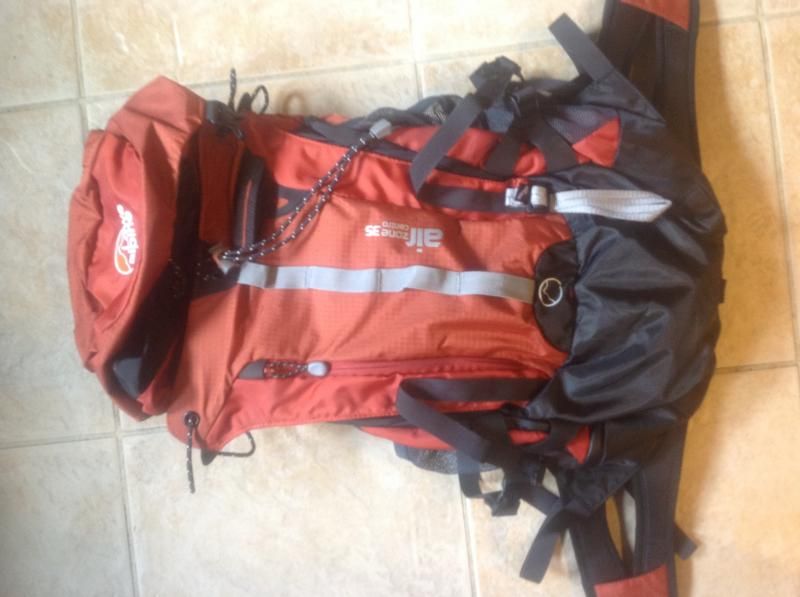
FRAME SIDE VIEW: Note the suspension system to keep your back from sweating by keeping the pack off your back and creating an air channel between the pack and your body. I can argue that this GREATLY increases your comfort while hiking. (Yes, on a very heavy pack this does move the weight off your spine and moves the load farther back, but for light to modest weight loads --like this pack accommodates-- that is NOT an issue). Not sure if you can tell, but the waist straps have rigid supports on the outside of the padding, similar to an exoskeleton to properly disperse weight around you.
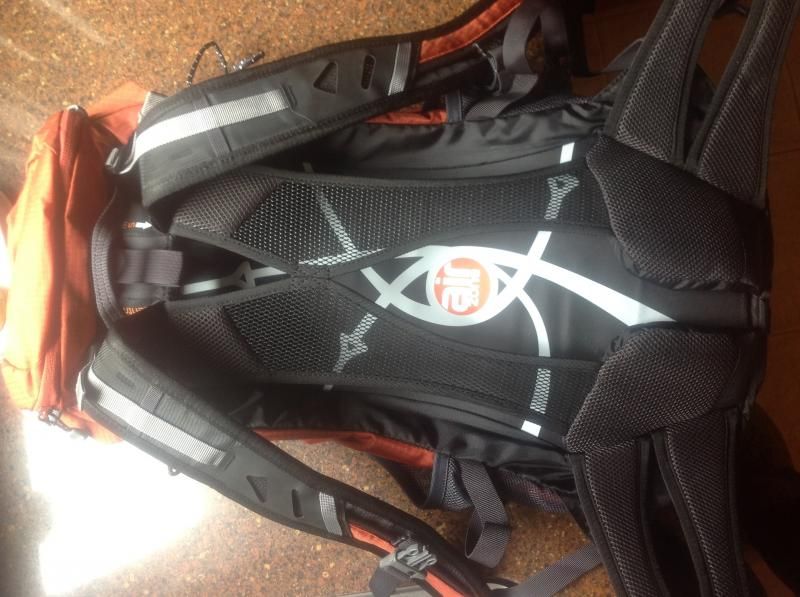
DETAIL VIEW of TORSO ADJUSTMENT: As we all have different length torso, this pack adjusts not just the length of the shoulder straps but optimizes the position of the straps to the back to the pack to keep the load in the proper location on your back, relative to your hips. This allows your hips to properly carry the load and disperse the weight of the pack. Your hips should carry most of the weight, NOT your shoulders! Shoulders are connected to the reasonably weak SPINE, while your hips are part of the pelvis and femur/leg portion of your skeletal structure that is contains the strongest/heaviest bones in your body. If your backpack relies on shoulder-straps, is not fitted to your torso, and has no waist straps, it is not a very well designed pack.
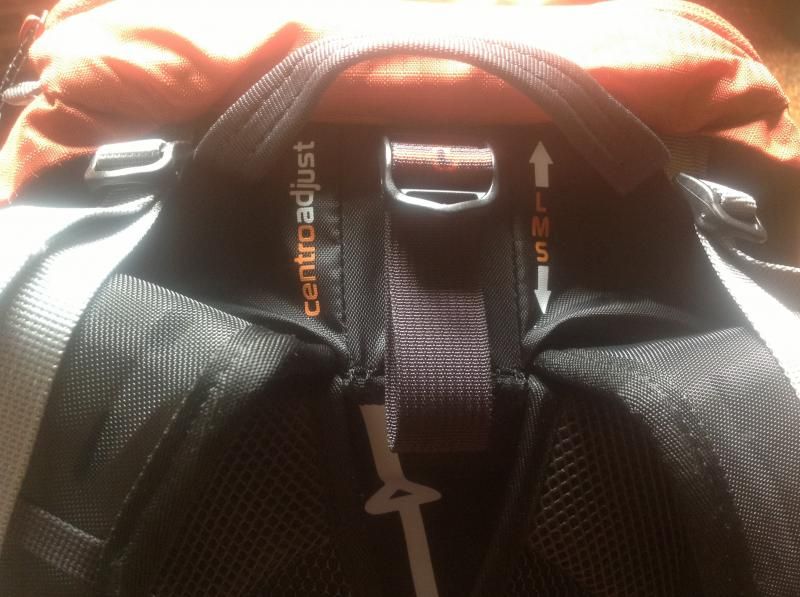
INTEGRATED RAIN COVER: Another feature that some of the ultra-light backpackers omit but that I wanted is an integrated rain cover. Its attached at the very bottom of the pack and pops out and covers the pack during rain.
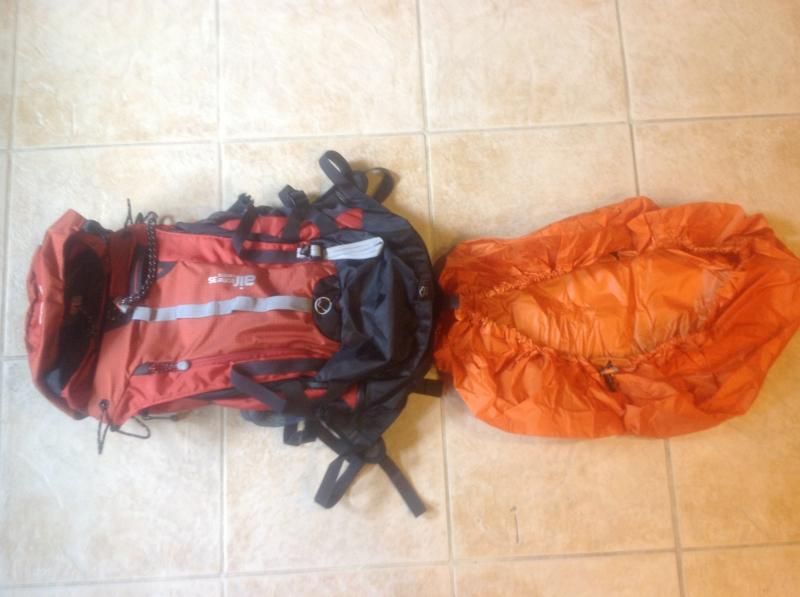
RAIN COVER over pack:
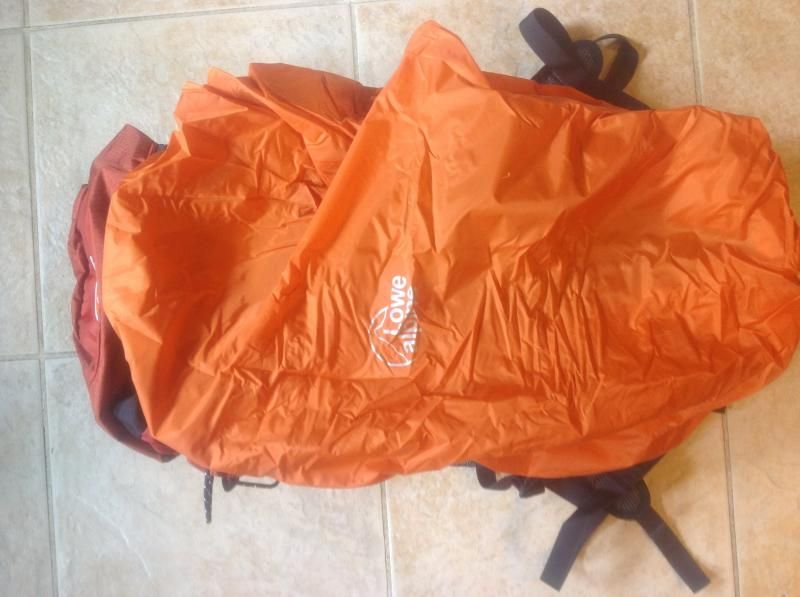
Now I'm not saying this pack is perfect. No pack is PERFECT. For me a pack with rainproof zippers is silly because the pack material is not rainproof. This pack has just that type of zipper. I'm not even a big fan of zippers as those are typically the first thing to fail on a pack anyway. But such is life. Then there are the mesh side pockets. I'm not hiking through the 'wilderness' so mesh material is fine, but if you plan to walk through woods/forests/scrub/trees then avoid mesh side pockets, they tend to snag branches and collect debris. For walking primarily through fields and open areas, as this trip will entail, mesh works just fine.
For the ultra-light hikers, take a look at GoLite gear, they make some excellent packs too. I ruled them out for a couple reasons, as well as why I ruled out other brands. But there are devotees to GoLite who sing their praises because of their ultra light designs. As I said, I'm not an ultra-lite guy, but I throw it out there for anyone serious about weighing out their gear.
I've been using Lowe Alpine gear for years, its among the best of the best out there and, while generally pricy, it has proven its value by keeping me warm, being durable, shedding water, carrying gear, etc over many years.
After some soul searching and looking at alternatives, I've returned to Lowe Alpine for this trip as I needed a new, small pack that was full featured, yet very light and still was a "real" pack. Here is my new pack, it has features not found in unstructured packs to make it more comfortable to wear, more useable, and able to carry loads better too. This is a Lowe Alpine Centro 35. Its got just over 2000 ci of space, a water bladder pocket, adjustable torso length for the suspension, air channel vent system, internal frame, built in rain cover, etc etc etc.
Now I know some 'ultra light' hikers will debate the water bladder and suggest you can save a few ounces by cutting those out and using water bottles, but I'm not an ultra light junkie. I don't disparage them, its just not what I do, more power to the guys who can hike 30+ miles a day across Alaska and cook with a cat-food-tin stove. But at 50+ years of age, its more extreme than I choose to go.
So here is my pack . . . REAR VIEW:

FRAME SIDE VIEW: Note the suspension system to keep your back from sweating by keeping the pack off your back and creating an air channel between the pack and your body. I can argue that this GREATLY increases your comfort while hiking. (Yes, on a very heavy pack this does move the weight off your spine and moves the load farther back, but for light to modest weight loads --like this pack accommodates-- that is NOT an issue). Not sure if you can tell, but the waist straps have rigid supports on the outside of the padding, similar to an exoskeleton to properly disperse weight around you.

DETAIL VIEW of TORSO ADJUSTMENT: As we all have different length torso, this pack adjusts not just the length of the shoulder straps but optimizes the position of the straps to the back to the pack to keep the load in the proper location on your back, relative to your hips. This allows your hips to properly carry the load and disperse the weight of the pack. Your hips should carry most of the weight, NOT your shoulders! Shoulders are connected to the reasonably weak SPINE, while your hips are part of the pelvis and femur/leg portion of your skeletal structure that is contains the strongest/heaviest bones in your body. If your backpack relies on shoulder-straps, is not fitted to your torso, and has no waist straps, it is not a very well designed pack.

INTEGRATED RAIN COVER: Another feature that some of the ultra-light backpackers omit but that I wanted is an integrated rain cover. Its attached at the very bottom of the pack and pops out and covers the pack during rain.

RAIN COVER over pack:

Now I'm not saying this pack is perfect. No pack is PERFECT. For me a pack with rainproof zippers is silly because the pack material is not rainproof. This pack has just that type of zipper. I'm not even a big fan of zippers as those are typically the first thing to fail on a pack anyway. But such is life. Then there are the mesh side pockets. I'm not hiking through the 'wilderness' so mesh material is fine, but if you plan to walk through woods/forests/scrub/trees then avoid mesh side pockets, they tend to snag branches and collect debris. For walking primarily through fields and open areas, as this trip will entail, mesh works just fine.
For the ultra-light hikers, take a look at GoLite gear, they make some excellent packs too. I ruled them out for a couple reasons, as well as why I ruled out other brands. But there are devotees to GoLite who sing their praises because of their ultra light designs. As I said, I'm not an ultra-lite guy, but I throw it out there for anyone serious about weighing out their gear.


